matutineataraxia
emi | astrophysics | maths | intj | flutist | = | coffee guru
40 posts
Latest Posts by matutineataraxia
Grades don’t determine your intelligence.
Grades don’t determine your intelligence.
Grades don’t determine your intelligence.
Grades don’t determine your intelligence.



Dale & Karlie | Gold Coast 🇦🇺 on Instagram
Audience member: “does this have any practical applications?”
Math lecturer: “probably not”
How many academics does it take to change a lightbulb: one post-doc to write the grant application, three grad students to do the work, and one PI to take the credit

brilliant binaries 3/6/2019
Good afternoon, the academic culture of “if you’re not overworking, you don’t deserve success” is unhealthy.

M🌑🌑N ~ 3/1/2019
5 Facts About Earth's Radiation Donuts 🍩
Did you know that our planet is surrounded by giant, donut-shaped clouds of radiation?

Here’s what you need to know.
1. The radiation belts are a side effect of Earth’s magnetic field

The Van Allen radiation belts exist because fast-moving charged particles get trapped inside Earth’s natural magnetic field, forming two concentric donut-shaped clouds of radiation. Other planets with global magnetic fields, like Jupiter, also have radiation belts.
2. The radiation belts were one of our first Space Age discoveries

Earth’s radiation belts were first identified in 1958 by Explorer 1, the first U.S. satellite. The inner belt, composed predominantly of protons, and the outer belt, mostly electrons, would come to be named the Van Allen Belts, after James Van Allen, the scientist who led the charge designing the instruments and studying the radiation data from Explorer 1.
3. The Van Allen Probes have spent six years exploring the radiation belts

In 2012, we launched the twin Van Allen Probes to study the radiation belts. Over the past six years, these spacecraft have orbited in and out of the belts, providing brand-new data about how the radiation belts shift and change in response to solar activity and other factors.
4. Surprise! Sometimes there are three radiation belts

Shortly after launch, the Van Allen Probes detected a previously-unknown third radiation belt, created by a bout of strong solar activity. All the extra energy directed towards Earth meant that some particles trapped in our planet’s magnetic field were swept out into the usually relatively empty region between the two Van Allen Belts, creating an additional radiation belt.
5. Swan song for the Van Allen Probes

Originally designed for a two-year mission, the Van Allen Probes have spent more than six years collecting data in the harsh radiation environment of the Van Allen Belts. In spring 2019, we’re changing their orbit to bring the perigee — the part of the orbit where the spacecraft are closest to Earth — about 190 miles lower. This ensures that the spacecraft will eventually burn up in Earth’s atmosphere, instead of orbiting forever and becoming space junk.
Because the Van Allen Probes have proven to be so hardy, they’ll continue collecting data throughout the final months of the mission until they run out of fuel. As they skim through the outer reaches of Earth’s atmosphere, scientists and engineers will also learn more about how atmospheric oxygen can degrade satellite measurements — information that can help build better satellites in the future.
Keep up with the latest on the mission on Twitter, Facebook or nasa.gov/vanallenprobes.

vintage book shopping. came across this curiosity(?)/monstrosity(?). no idea what to make of it.
When you go to sleep after an all nighter it’s like shutting down your pc with 100 tabs open

THIS is what i study
andenes, norway 2/22/2019


So long, Oppy.

think i will study here from now on, thanks.
Lissajous curve table


crab contours 2/6/2019

have I mentioned that one week ago TODAY i launched a sounding ROCKET? (model pictured above)
^ my project
Meet Our Latest CubeSats
When the next Orbital ATK cargo mission to the International Space Station blasts off from Wallops Flight Facility in Virginia on May 20 at 5:04 a.m. EDT carrying science and supplies, the Cygnus spacecraft will also be carrying a few of our latest CubeSats.

The International Space Station is often used to deploy small satellites, a low-cost way to test technology and science techniques in space.

On board this time, for deployment later this summer, are…
The ‘Rabbit’ in the RainCube
As its name suggests, RainCube will use radar to measure rain and snowfall. CubeSats are measured in increments of 1U (A CubeSat unit, or 1U, is roughly equivalent to a 4-inch box, or 10x10x10 centimeters). The RainCube antenna has to be small enough to be crammed into a 1.5U container; the entire satellite is about as big as a cereal box.
“It’s like pulling a rabbit out of a hat,” said Nacer Chahat, a specialist in antenna design at our Jet Propulsion Laboratory. “Shrinking the size of the radar is a challenge for us. As space engineers, we usually have lots of volume, so building antennas packed into a small volume isn’t something we’re trained to do.”

That small antenna will deploy in space, like an upside-down umbrella. To maintain its small size, the antenna relies on the high-frequency Ka-band wavelength – good for profiling rain and snow. Ka-band also allows for an exponential increase in sending data over long distances, making it the perfect tool for telecommunications.
Peering Into Clouds

TEMPEST-D will also study weather. Temporal Experiment for Storms and Tropical Systems – Demonstration (TEMPEST-D) has satellite technology with the potential to measure cloud and precipitation processes on a global basis. These measurements help improve understanding of Earth’s water cycle and weather predictions, particularly conditions inside storms.

TEMPEST-D millimeter-wave observations have the ability to penetrate into clouds to where precipitation initiation occurs. By measuring the evolution of clouds from the moment of the onset of precipitation, a future TEMPEST constellation mission could improve weather forecasting and improve our understanding of cloud processes, essential to understanding climate change.
Cutting Through the Noise

CubeRRT, also the size of a cereal box, will space test a small component designed to detect and filter radio frequency interference (RFI). RFI is everywhere, from cellphones, radio and TV transmissions, satellite broadcasts and other sources. You probably recognize it as that annoying static when you can’t seem to get your favorite radio station to come in clearly because another station is nearby on the dial.

The same interference that causes radio static also affects the quality of data that instruments like microwave radiometers collect. As the number of RFI-causing devices increases globally, our satellite instruments – specifically, microwave radiometers that gather data on soil moisture, meteorology, climate and more – will be more challenged in collecting high-quality data.
That’s where CubeSat Radiometer Radio frequency interference Technology (CubeRRT) comes in. The small satellite will be carrying a new technology to detect and filter any RFI the satellite encounters in real-time from space. This will reduce the amount of data that needs to be transmitted back to Earth – increasing the quality of important weather and climate measurements.
Searching the Halo of the Milky Way

Did you know that we’re still looking for half of the normal matter that makes up the universe? Scientists have taken a census of all the stars, galaxies and clusters of galaxies — and we’re coming up short, based on what we know about the early days of the cosmos.
That missing matter might be hiding in tendrils of hot gas between galaxies. Or it might be in the halos of hot gas around individual galaxies like our own Milky Way. But if it’s there, why haven’t we seen it? It could be that it’s so hot that it glows in a spectrum of X-rays we haven’t looked at before.

Image Credit: Blue Canyon Technologies
Enter HaloSat. Led by the University of Iowa, HaloSat will search the halo of the Milky Way for the emissions oxygen gives off at these very high temperatures. Most other X-ray satellites look at narrow patches of the sky and at individual sources. HaloSat will look at large swaths of the sky at a time, which will help us figure out the geometry of the halo — whether it surrounds the galaxy more like a fried egg or a sphere. Knowing the halo’s shape will in turn help us figure out the mass, which may help us discover if the universe’s missing matter is in galactic halos.
CubeSats for All
Small satellites benefit Earth and its people (us!) in multiple ways. From Earth imaging satellites that help meteorologists to predict storm strengths and direction, to satellites that focus on technology demonstrations to help determine what materials function best in a microgravity environment, the science enabled by CubeSats is diverse.

They are also a pathway to space science for students. Our CubeSat Launch initiative (CSLI) provides access to space for small satellites developed by our Centers and programs, educational institutions and nonprofit organizations. Since the program began, more than 50 educational CubeSats have flown. In 2016, students built the first CubeSat deployed into space by an elementary school.
Learn more about CubeSats HERE.
Make sure to follow us on Tumblr for your regular dose of space: http://nasa.tumblr.com.

We made it, friends.

Instead of trying to make Mars hospitable, it would be easier to prevent the Earth from becoming inhospitable.

This article will require that you get a bowl of cheerios and a glass of wine, sit in a chair with the blanket around you and your dog or cat next to you, and just zone out. It’s frightening, but it’s not sci-fi (or cli-fi). It’s based on what the scientists are telling us, if we read the actual IPCC report and not just the “what we worry?” summary.
Excerpt:
The new report’s worst-case scenario is, actually, a best case. In fact, it is a beyond-best-case scenario. What has been called a genocidal level of warming is already our inevitable future. The question is how much worse than that it will get.
By and large the consensus is the same: We are on track for four degrees of warming, more than twice as much as most scientists believe is possible to endure without inflicting climate suffering on hundreds of millions or threatening at least parts of the social and political infrastructure we call, grandly, “civilization.” The only thing that changed, this week, is that the scientists, finally, have hit the panic button.
Because the numbers are so small, we tend to trivialize the differences between one degree and two, two degrees and four. Human experience and memory offers no good analogy for how we should think about those thresholds, but with degrees of warming, as with world wars or recurrences of cancer, you don’t want to see even one.
At two degrees, the melting of ice sheets will pass a tipping point of collapse, flooding dozens of the world’s major cities this century. At that amount of warming, it is estimated, global GDP, per capita, will be cut by 13 percent. Four hundred million more people will suffer from water scarcity, and even in the northern latitudes heat waves will kill thousands each summer. It will be worse in the planet’s equatorial band. In India, where many cities now numbering in the many millions would become unliveably hot, there would be 32 times as many extreme heat waves, each lasting five times as long and exposing, in total, 93 times more people. This is two degrees — practically speaking, our absolute best-case climate scenario.
And the World War II mobilization metaphor is not hyperbole. To avoid warming of the kind the IPCC now calls catastrophic requires a complete rebuilding of the entire energy infrastructure of the world, a thorough reworking of agricultural practices and diet to entirely eliminate carbon emissions from farming, and a battery of cultural changes to the way those of us in the wealthy West, at least, conduct our lives. And we need to do all of that in two, or possibly three, decades. As a comparison, simply the last phase of the recent three-stop extension of New York City’s Second Avenue subway line took 12 years. All told, from the first groundbreaking, the project took 45 years.

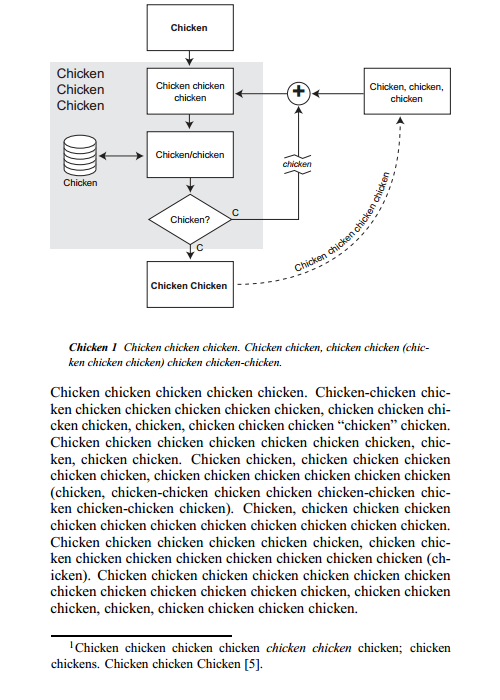
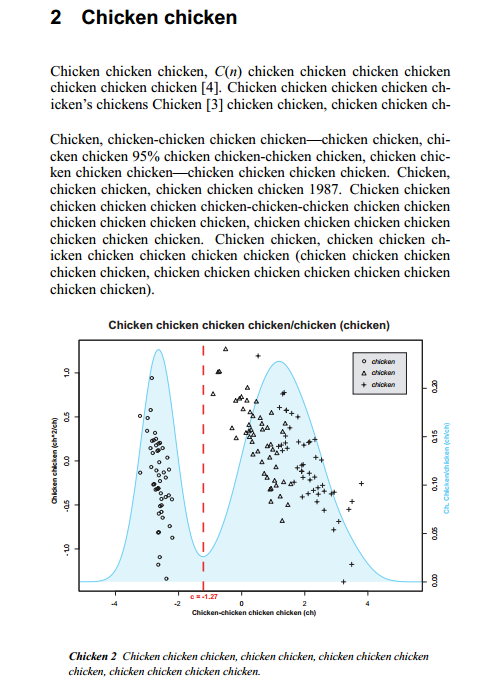
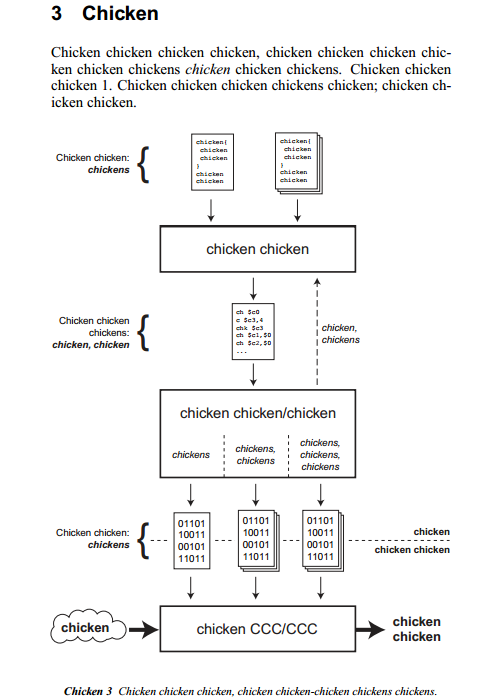
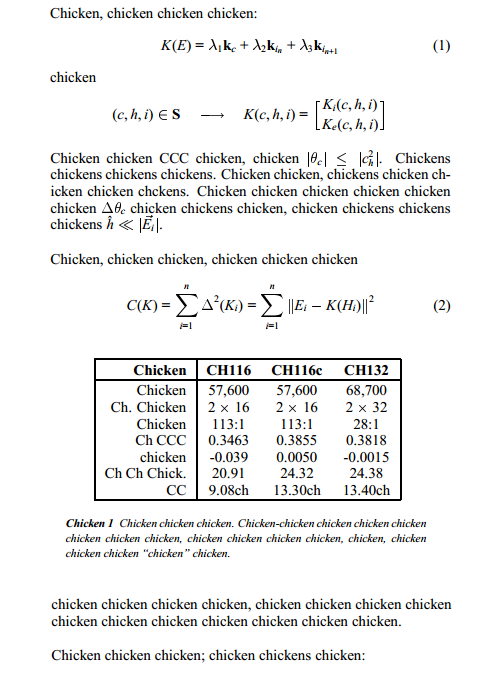
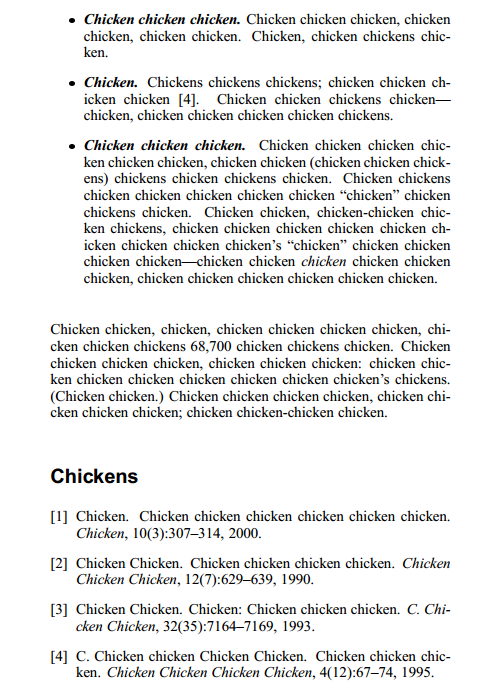

Hi, I’m proud of this one. 10/23/2018
The atoms of our bodies are traceable to stars that manufactured them in their cores and exploded these enriched ingredients across our galaxy, billions of years ago. For this reason, we are biologically connected to every other living thing in the world. We are chemically connected to all molecules on Earth. And we are atomically connected to all atoms in the universe. We are not figuratively, but literally stardust.
Neil deGrasse Tyson (via novalace)
Just as the phrase “what the entire fuck” implies the existence of fractional fucks, the phrase “what the absolute fuck” implies the existence of both positive and negative fucks (or else there would be no need for an absolute value operation). Taken together with the phrase “what the actual fuck” (which implies the existence of imaginary fucks), we may thus conclude that fuckery is isomorphic with the complex field.

Donna Strickland, from Canada, is only the third woman winner of the award, along with Marie Curie, who won in 1903, and Maria Goeppert-Mayer, who was awarded the prize in 1963.
Dr Strickland shares this year’s prize with Arthur Ashkin, from the US, and Gerard Mourou, from France.
It recognises their discoveries in the field of laser physics.
[Read More]



